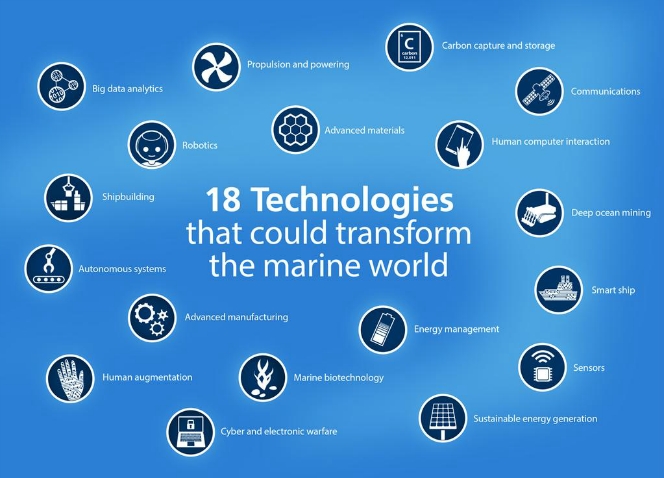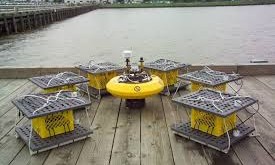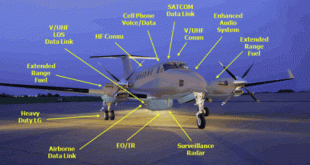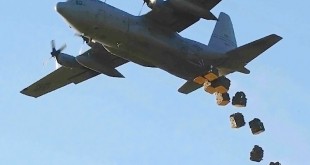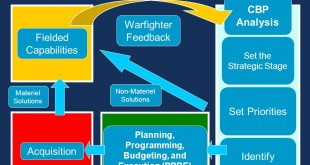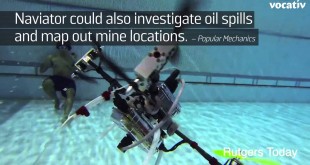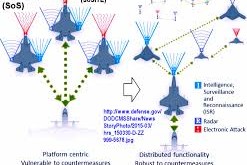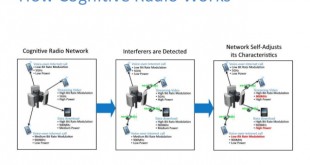A team from Lloyd’s Register, QinetiQ and the University of Southampton in the U.K, has looked towards the future of technology and provided a glimpse of the future these evolving technologies may provide by 2030 in their report “Global Marine Technology Trends 2030.” As humanity is faced with challenges, such …
Read More »Yearly Archives: 2017
Microbial Fuel Cell (MFCs) becoming capable to provide continuous sustainable energy to power wireless ensors networks and underwater sensors
Microbial fuel cells (MFCs), generate electric energy by converting chemical energy from organic compounds through catalytic reactions by microorganisms. Microbial fuel cells (MFCs) are envisioned as one of the most promising alternative renewable energy sources because they can generate electric current continuously while treating waste. While these cells individually produce …
Read More »US Army’s EMARSS system is a low-risk, low-cost enhanced ISR platform collecting, analysing and providing real-time intelligence information to war fighters instantly.
The EMARSS system consists of a King Air 350ER aircraft equipped with an electro-optic/infra-red (EO/IR) sensor, communications intelligence collection system, an aerial precision geolocation system, line-of-site tactical and beyond line-of-site communications suites, two Distributed Common Ground System-Army (DCGS-A) workstations and a self-protection suite. The EMARSS contributes to filling critical gaps …
Read More »USAF developing Lidar and Radar based wind sensors and mission planning system for precise airdrop delivery and gunship munition trajectories
The United States Air Force core missions of rapid global mobility and global strike share a need for timely and accurate wind knowledge for successful mission execution. Uncertainty in the winds between aircraft and ground can cause large errors in many of these operations. To mitigate threat risk and improve …
Read More »Militaries evolved from Threat to Capability based planning (CBP) after cold war era; now need Threat cum Capability planning to achieve national security objectives.
After the end of cold war, a new process for Defence planning was developed known as Capability-Based Planning (CBP). Capability-Based Planning was officially introduced into the U.S. military establishment in the 2001 Quadrennial Defense Review (QDR). “A capability-based strategy [is] one that focuses less on who might threaten us or …
Read More »Researchers Creating Air and Water Drones that can carry search-and-rescue operations, inspect underwater structures and defuze underwater mines
In recent years, a number of groups have begun researching and building vehicles that can smoothly transition from water to air and back again. Among these new platforms are the Naviator, a multicopter unmanned aircraft system (UAS) from Rutgers School of Engineering, a quadrotor called CRACUNS built by Johns …
Read More »DARPA’s System of Systems technology for gaining Air Superiority in A2/AD Environment
Historically, the United States has built its military capabilities on highly capable, multi-function platforms. These platforms have been expensive and have had long development times, but have incorporated sophisticated military technologies that potential adversaries have not had the ability to access or counter. This strategy has been highly successful, leading …
Read More »DARPA developing new technologies to counter biological weapon threats
Biological weapons achieve their intended effects by infecting people with disease-causing microorganisms and other replicative entities, including viruses, infectious nucleic acids and prions. The chief characteristic of biological agents is their ability to multiply in a host over time. Viral pathogens pose a continuous and shifting biological threat to …
Read More »Queensland Government Counter-Terrorism Strategy for rising threat level in Australia, implementing plan and Hi-tech technology requirements
The last Queensland Government counter-terrorism strategy was released in 2013 and the Opposition believes it needs to be updated on current threat levels. In January, NSW announced its first-ever minister for counter terrorism. All States and territories under current laws only allow for a detention of a suspect for up …
Read More »DARPA developing cognitive radio IC technology for next-gen Communications, Radar, and Electronic Warafre
The U.S. Defense Advanced Research Projects Agency (DARPA) and British defense firm BAE Systems have developed a new lightweight, handheld tactical sensor that lets U.S. soldiers easily detect and identify enemy electronic jammers on the battlefield. During Recent ongoing Syrian conflict Russia has demonstrated many advanced weapons, one of …
Read More » International Defense Security & Technology Your trusted Source for News, Research and Analysis
International Defense Security & Technology Your trusted Source for News, Research and Analysis
